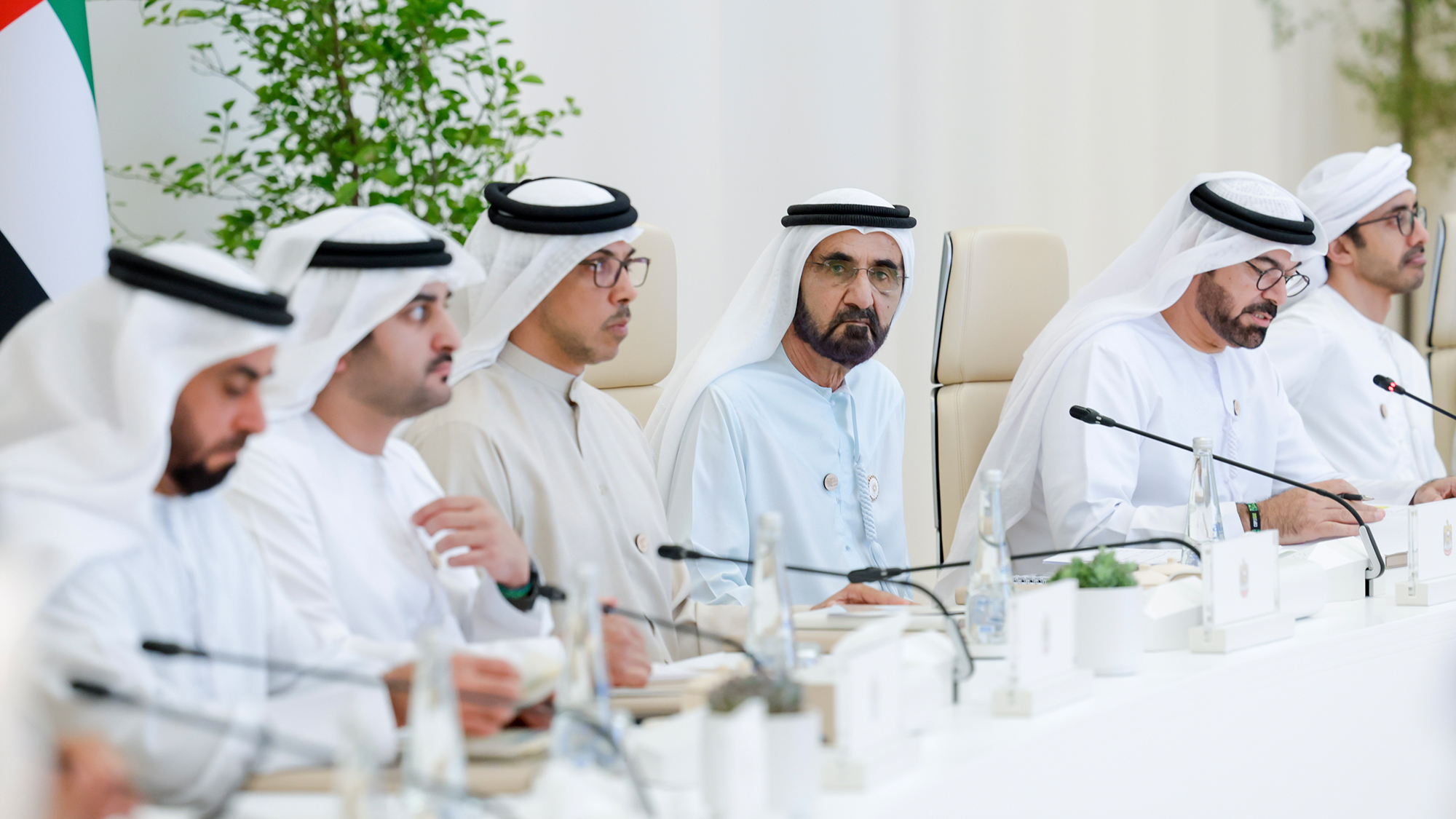



His Highness Sheikh Mohammed bin Rashid Al Maktoum, Vice President and Prime Minister of the UAE and Ruler of Dubai has completed 18 years of incredible and inspiring leadership. This period has been marked by transformative leadership and groundbreaking initiatives. As the UAE celebrates these years, in this article we delve into the timeline of his leadership, we explore key milestones, visionary projects, and significant contributions that have shaped Dubai’s global standing.
His Highness Sheikh Mohammed’s journey began in January 1995 when he was appointed Crown Prince of Dubai by his brother, Sheikh Maktoum. During these early years, he spearheaded the e-government initiative, a forward-thinking project launched in 1995, showcasing his foresight in embracing technology for the betterment of governance. We saw his inclination towards all things progress and development.
In late 1995, His Highness Sheikh Mohammed introduced the Dubai Shopping Festival, a month-long retail extravaganza that bolstered Dubai’s reputation as a global shopping and tourism hub. The festival, with its massive discounts and entertaining events, contributed significantly to attracting international visitors.
During this time, His Highness Sheikh Mohammed led major infrastructure projects, including a $540 million airport expansion. The establishment of free zones like Dubai Media City and Dubai International Financial Centre positioned Dubai as a regional business and media hub.
Recognising the digital era’s dawn, His Highness Sheikh Mohammed set an 18-month deadline for Dubai government services to go online. As a result, Dubai Internet City was created to embrace the growing importance of the global digital economy.
Also, in 1999, under the able guidance of His Highness Sheikh Mohammed, the iconic Burj Al Arab was officially opened, becoming a symbol of Dubai’s rising status on the global stage.
In 2001, His Highness Sheikh Mohammed inaugurated the construction of the Palm Jumeirah, a visionary development that captivated the world’s attention and showcased Dubai’s ambition.
Following the death of His Highness Sheikh Maktoum, His Highness Sheikh Mohammed became the Ruler of Dubai on January 4, 2006. The next day, he was appointed Vice President of the UAE, and in February, the President nominated him for the role of Prime Minister.
Sheikh Mohammed steered Dubai through the challenges of the global financial downturn in late 2008. His leadership witnessed the construction of iconic structures like Burj Khalifa, the Dubai Mall, and the inauguration of the Dubai Metro in 2009, showcasing Dubai’s resilience and progress in the face of challenges.
During this decade, the Prime Minister continued to make iconic decisions for the emirate and the country. His Highness highlighted the introduction of essential changes to the UAE government’s performance, emphasising a commitment to development and progress, with an appreciable shift from a traditional government to a new paradigm offering over 1,500 smart services until last year. This transformation aimed at enhancing efficiency and accessibility, positioning the UAE as a global leader in digital governance.
During this time, His Highness Sheikh Mohammed also addressed challenges by fighting administrative and financial slowness. Worth mentioning is the fact that the UAE’s foreign trade over these years experienced a substantial surge, doubling the GDP and solidifying the UAE’s position as a thriving economic powerhouse.
As His Highness Sheikh Mohammed bin Rashid Al Maktoum completes 18 years of leadership, Dubai stands as a testament to his visionary governance, relentless pursuit of progress, and commitment to positioning the emirate as a global powerhouse. The legacy of these years continues to shape Dubai’s future as a beacon of innovation, development, and prosperity.
Don’t forget to share this post!
We use cookies to enhance your experience on our website. If you continue using this website, we assume that you agree with these. Learn more.


